1
HOME > Tips & Advice >
HOW TO FIND THE RIGHT SUMMER HAT
Written by Ivan Yaskey in Tips & Advice on the 5th August 2020
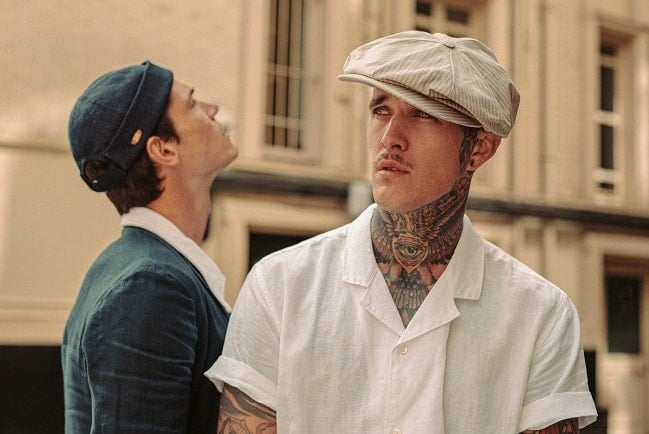
You’ve told yourself that you’re not really a hat person. You hate getting your quiff messed up, and it never quite looks right when you put one on – not even a baseball cap. Yet, especially as an adult, you’ve learned how dangerous sun exposure can be, even when you haven’t received noticeable sunburn. You’re looking to avoid skin cancer and prevent future wrinkles from forming in the process. Using sunscreen is a start, but as the next step – as you’re reluctant to admit – is wearing a hat when you step outdoors this summer. Up until the end of the 19th century, donning a hat used to be like lacing up a pair of boots to head outdoors. Its necessity started to wane in the 20th century, and by the 1960s – specifically when President John F. Kennedy was inaugurated into office – seeing a hat as essential dropped entirely. The gradual emergence of casual style and rebellion against conformity during the next few decades made it nearly superfluous and placed it in the same category as an accessory.
However, men started coming back around over the past decade. As a selling point, many former rules for wearing a hat have been thrown out the window – excluding the fact that it’s still polite to take yours off once you’re indoors. As such, it’s not a complete aberration to wear a fedora or a trilby with a T-shirt and jeans, and as Peaky Blinders has shown us, eight-panel and flat caps can look pretty darn sharp with a suit. So, whether you’ve declared yourself “not a hat person” or you want to explore beyond baseball caps this summer, here’s where you can begin.
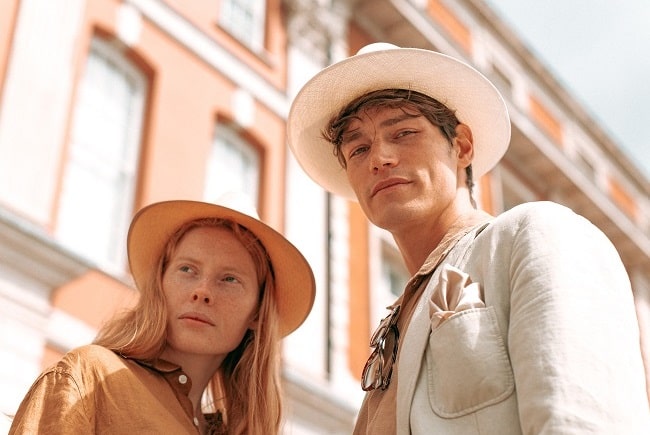
Think About Proportions
Hats are just like clothing: certain silhouettes complement some body types and look off on others. In the case of headwear, much of that ratio involves the brim and crown size. Generally, larger hats appear proportional with a larger-size head, while smaller caps tend to flatter someone with a narrower face shape. In thinking about these proportions, a fedora with a wider brim appears a better fit for someone with a larger head or face shape, while a trilby or a flat cap is a better match for smaller, thinner faces.
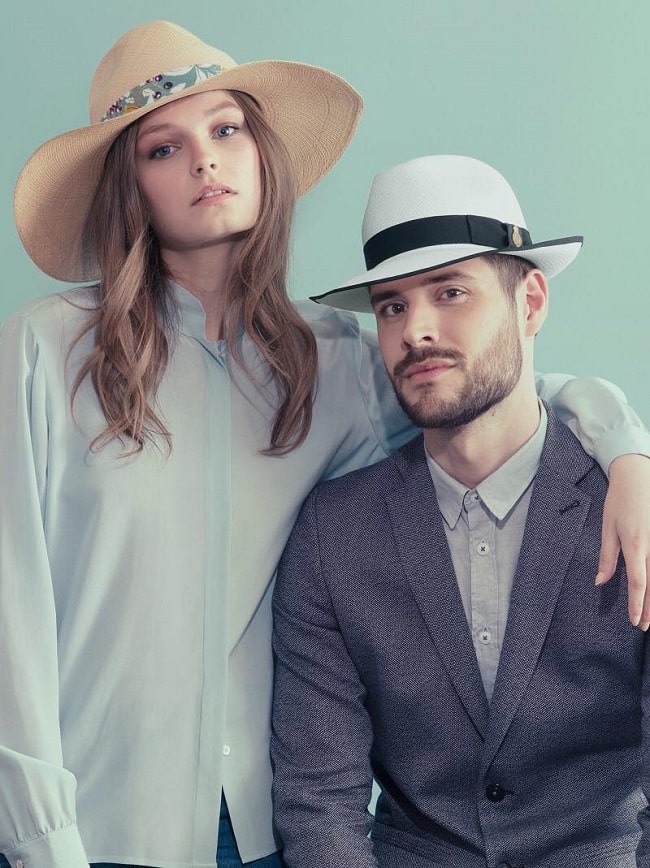
Is It a Casual or Dress Hat?
Historically, certain silhouettes fell into the 'dress hat' camp. These tend to be structured and have a full, medium width surrounding brim. Think fedoras, trilbies, derbies, and Panama hats, for starters. You’d pair these with a suit or other smart clothes, and sport one on your way to work – think Don Draper on Mad Men travelling to the ad agency in the city – or any place where you were expected to dress up. Today, a similar occasion might be for a Sunday service. Casual hats, by contrast, generally have a fully unstructured or partially unstructured shape and usually a partial bill or brim. This group encompasses the baseball cap and the snapback, eight-panel caps, newsboy caps, and flat caps. On the other hand, full-brim styles like a bucket hat and a UPF-enhanced boonie also fall within this group. In all cases, the relaxed design hints at the hat’s nature and where you might be wearing one – for leisure, to the beach, or to a football match. In between these two, a more casual – and certainly summer-friendly – dress hat has emerged. This style tends to be made of straw or a similarly light material, lending a more breathable feel that felt or wool typically doesn’t deliver. In turn, your hat game isn’t simply a choice between sporting a cotton baseball cap when the sun is out, and a full-brim wool fedora through winter and fall.
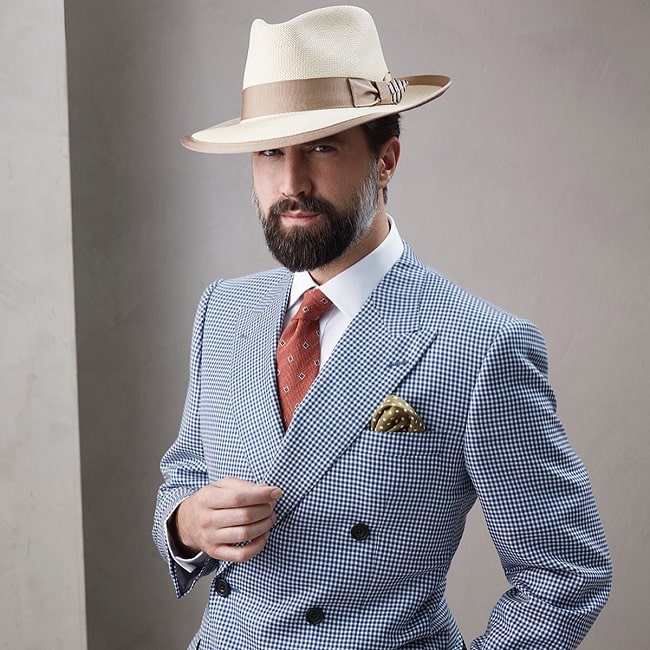
Look for Lightweight, Breathable Materials
For a summer hat, you tend to have three distinct choices: straw or similar woven fabric, cotton, or a synthetic, like microfiber or another travel fabric treated to block UV rays and repel moisture. Starting in one of the least techy places, there’s the classic Panama hat – worn in Ecuador, rather than the Central American country, as far back as the 17th century. Essentially the prototype for the summer dress hat, the Panama hat has long been constructed out of toquilla straw, found solely within Ecuador and woven into a stiff yet still breathable material. Similar to the fedora, it features a medium- to wide-width brim, a structured, somewhat tapered crown, and a contrasting hat band. Supposedly, Gold Rush miners travelling to California purchased these hats in Panama and the name stuck. Yet, the Panama hat proves that nearly any dress hat can be translated for summer weather. In turn, you will come across straw, synthetic woven, or even shellacked rice paper fedoras, trilbies, and derbies adapted to more humid conditions.
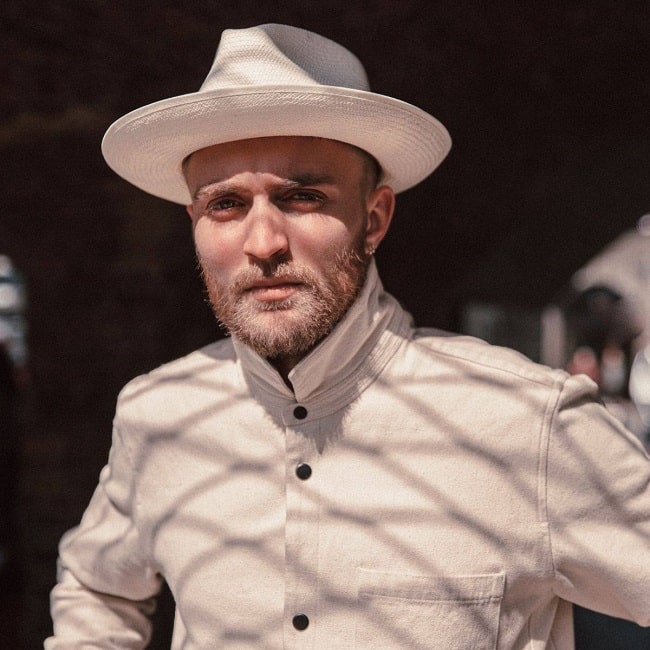
If you’re sold on cotton, consider a bucket hat or a classic boonie. Both begin with a conical, more tapered crown and have a relaxed, somewhat floppy brim. Although both began in military rotation, the bucket hat’s origins go back to the early 20th century, where its sloped brim proved to be an asset to fisherman and others working outdoors, as it allowed rain to roll off, rather than gather on top and soak through. Today, its construction hasn’t changed significantly: the typical bucket hat is made with a medium- to heavyweight cotton, includes a couple of eyelets for breathability, and has the same sloped brim. A boonie, also known as a jungle hat, was developed by contrast for sun protection. American soldiers started wearing them during World War II and usage picked up during the Vietnam War. Strictly a practical hat even for civilian use, the boonie usually features a lower crown, wide brim, chin strap, and a more modern addition, venting. Techier versions may further add UPF fabric and a moisture-wicking liner.
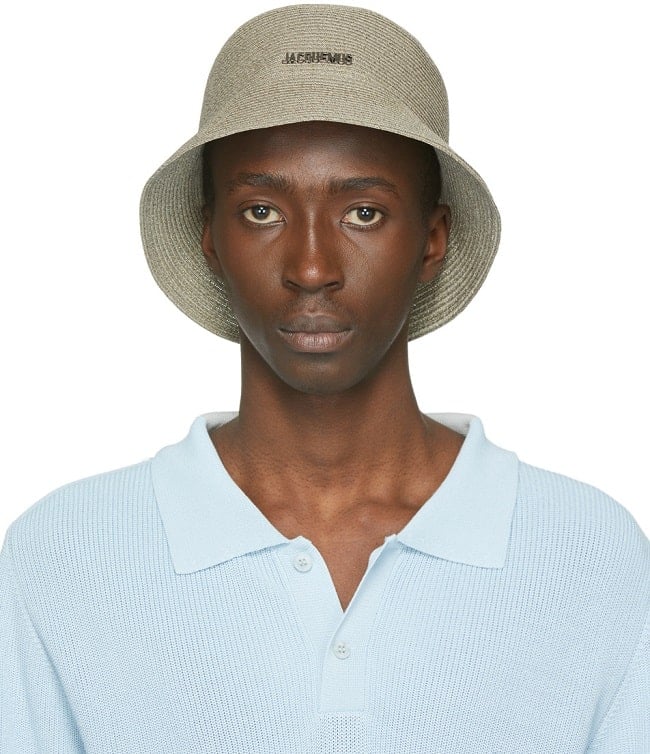
Think About Usage and Purpose
Where are you headed? What is the hat specifically for? If you’re simply seeking out protection to travel around the city or spend time on the local trails, finding a wider brim, within proportions, should be at the top of your list, followed by a shape and construction that suits your personal style. In many cases, a Panama hat or a straw fedora has most of your bases covered. Yet, if you have a vacationed planned, or you’re the type to spend hours in the sun, at the beach, fishing, or exploring a more exposed outdoor area, those tech features come in handy. UPF 50+ fabric, for instance, repels over 95 percent of UV rays over covered areas, ultimately saving your scalp and working in tandem with the brim to provide a degree of shade. Inside, a moisture-wicking band or liner helps keep sweat in check, so perspiration isn’t building up on your forehead and running down your face.
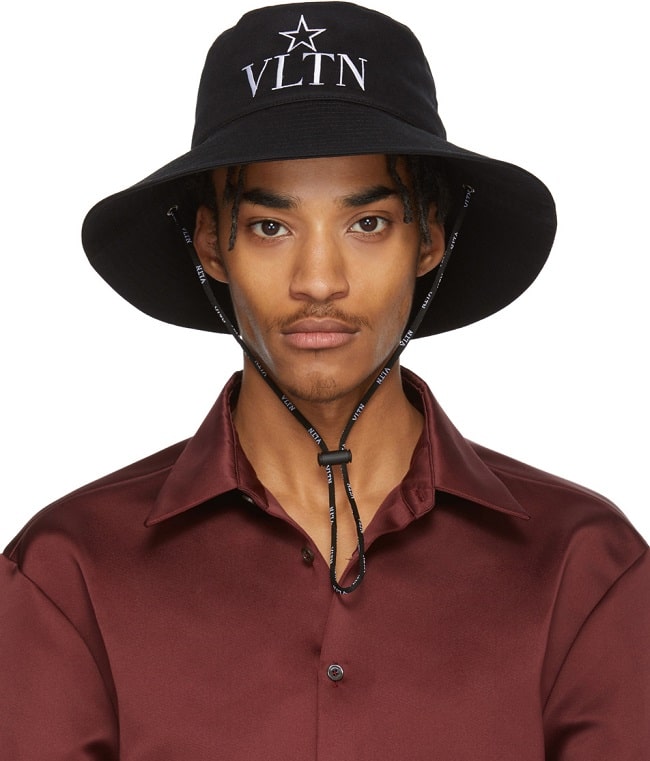
Do you ever wear hats? #style
— Menswear Style (@MenswearStyle) August 5, 2020

Trending
2
3
4
5
6
7
8
9
10










